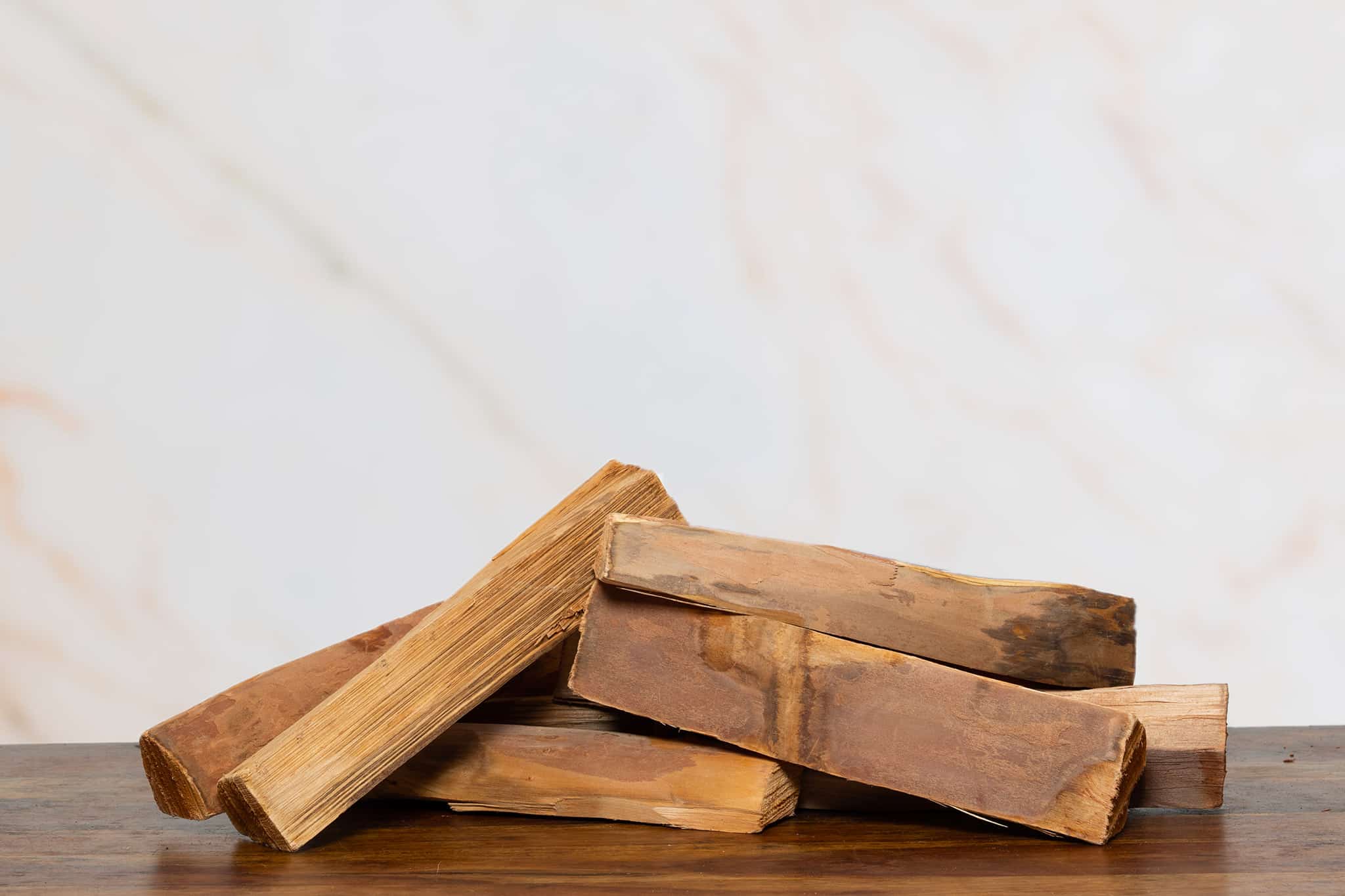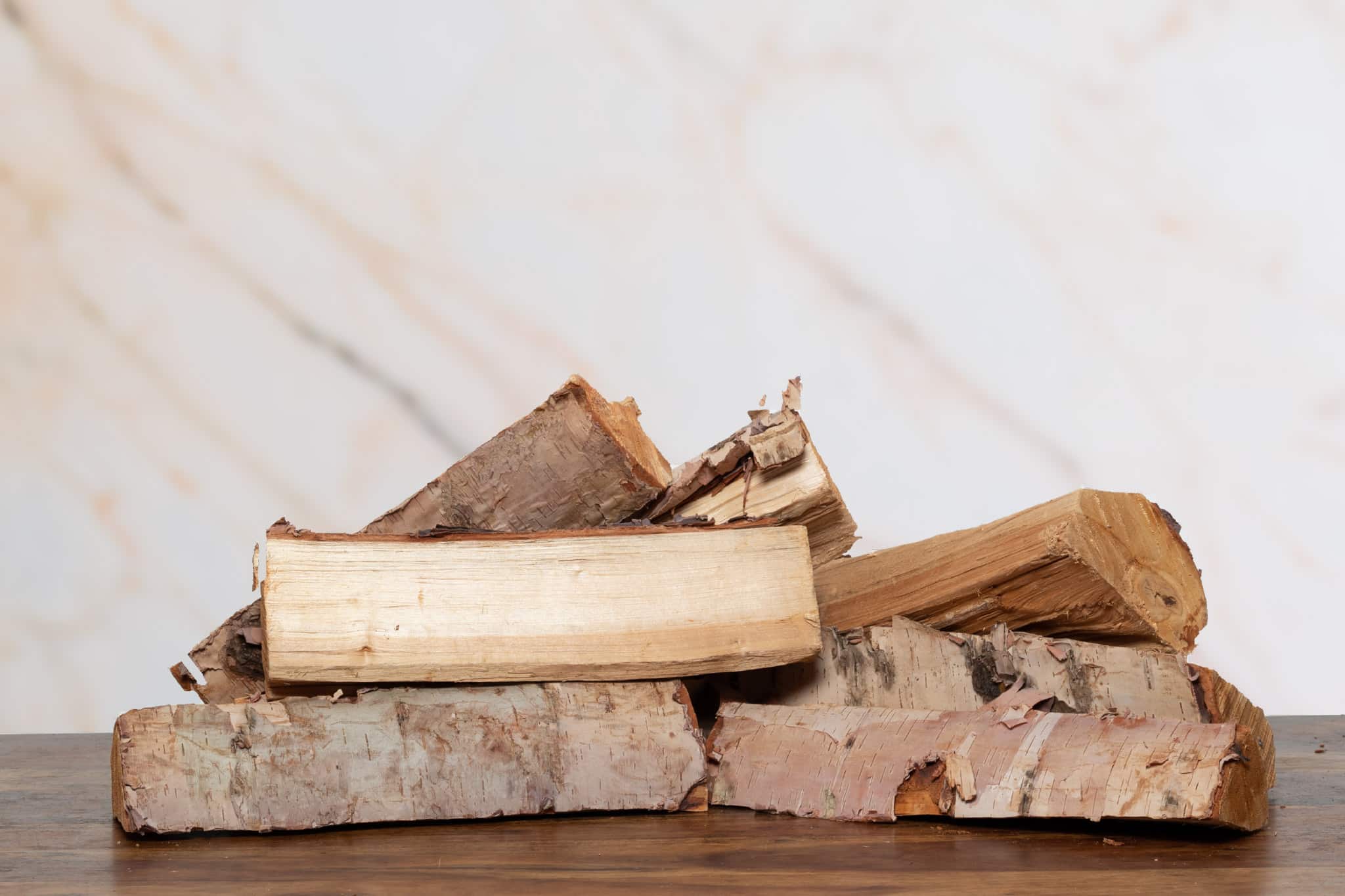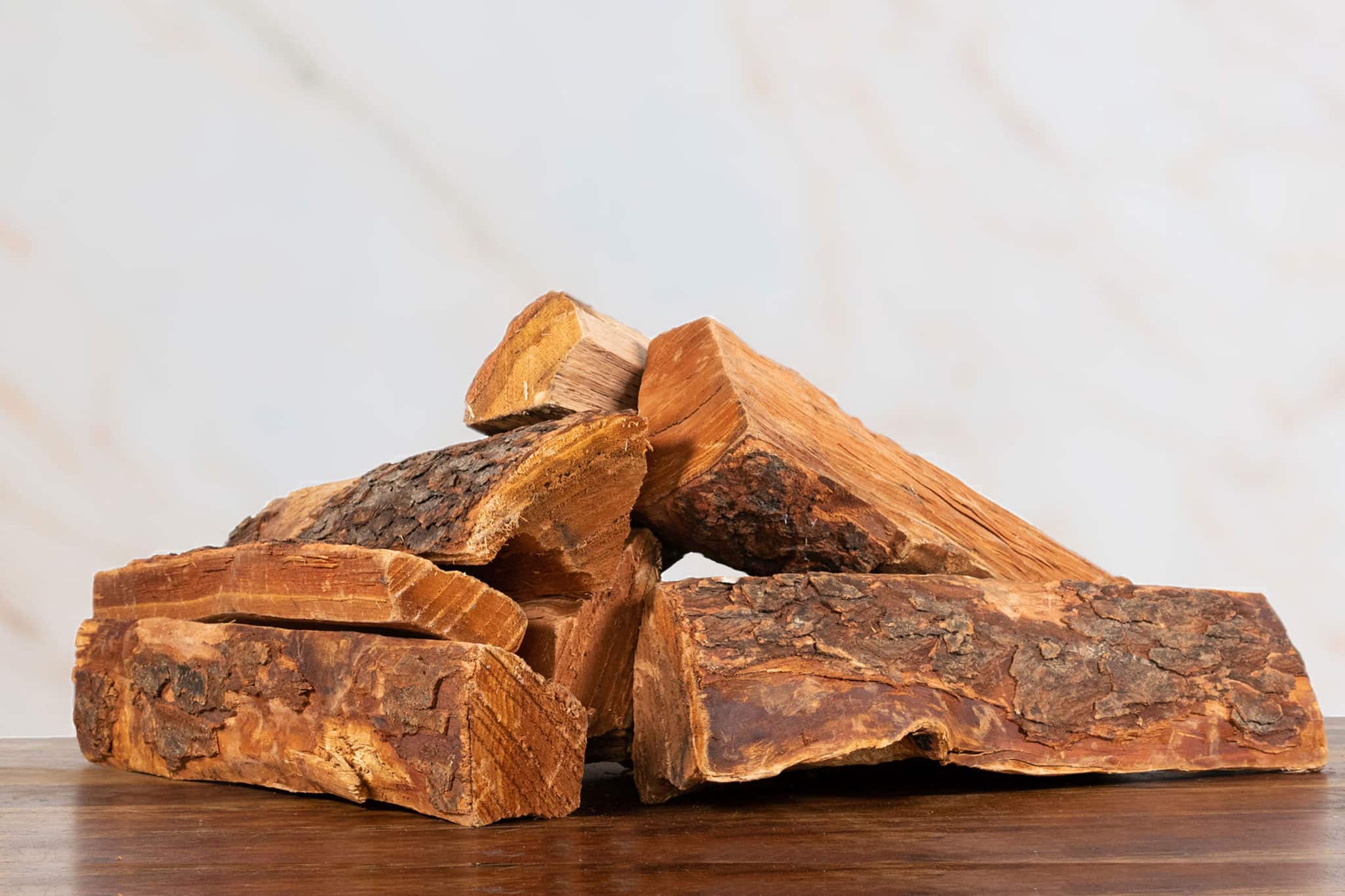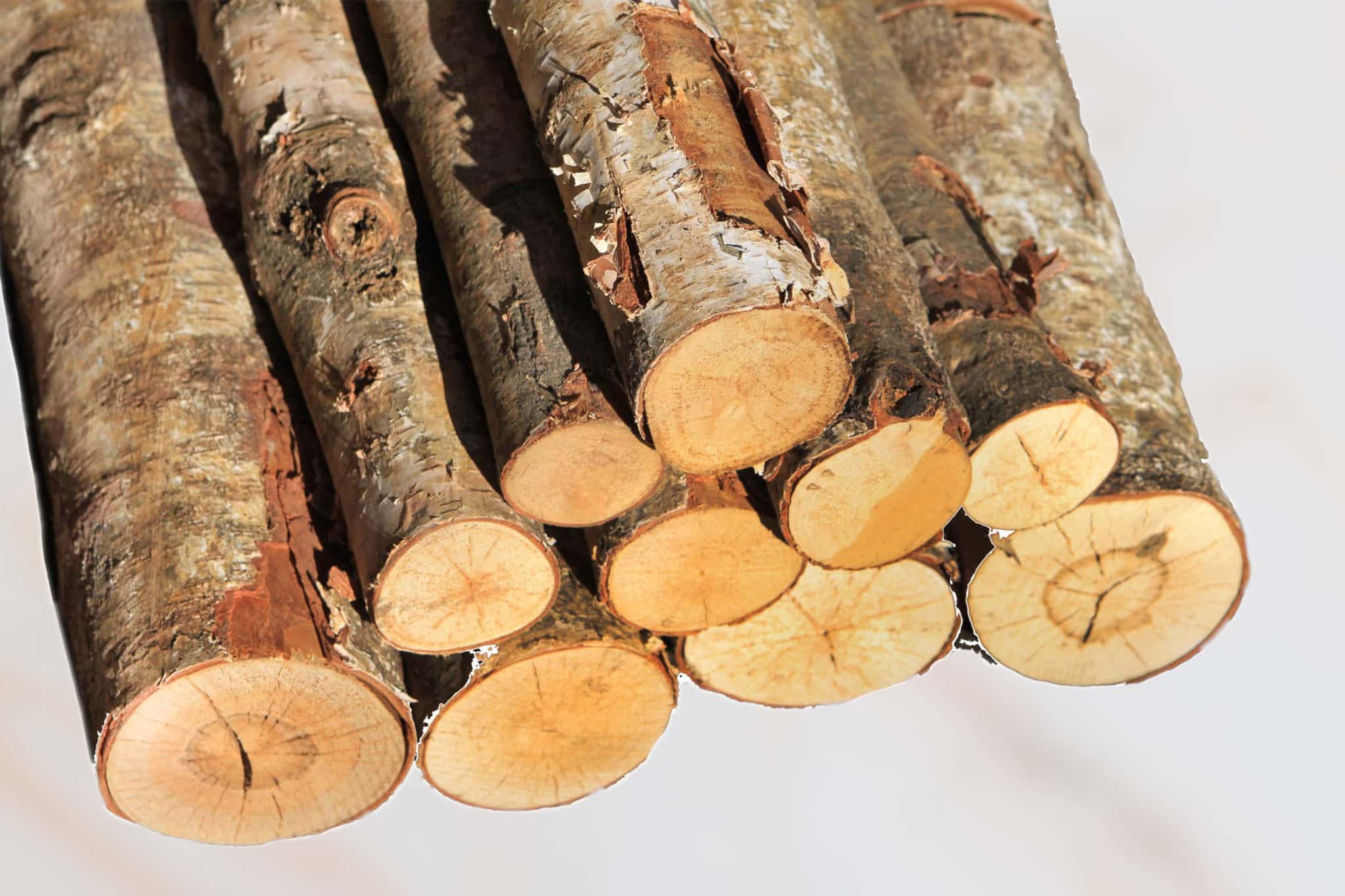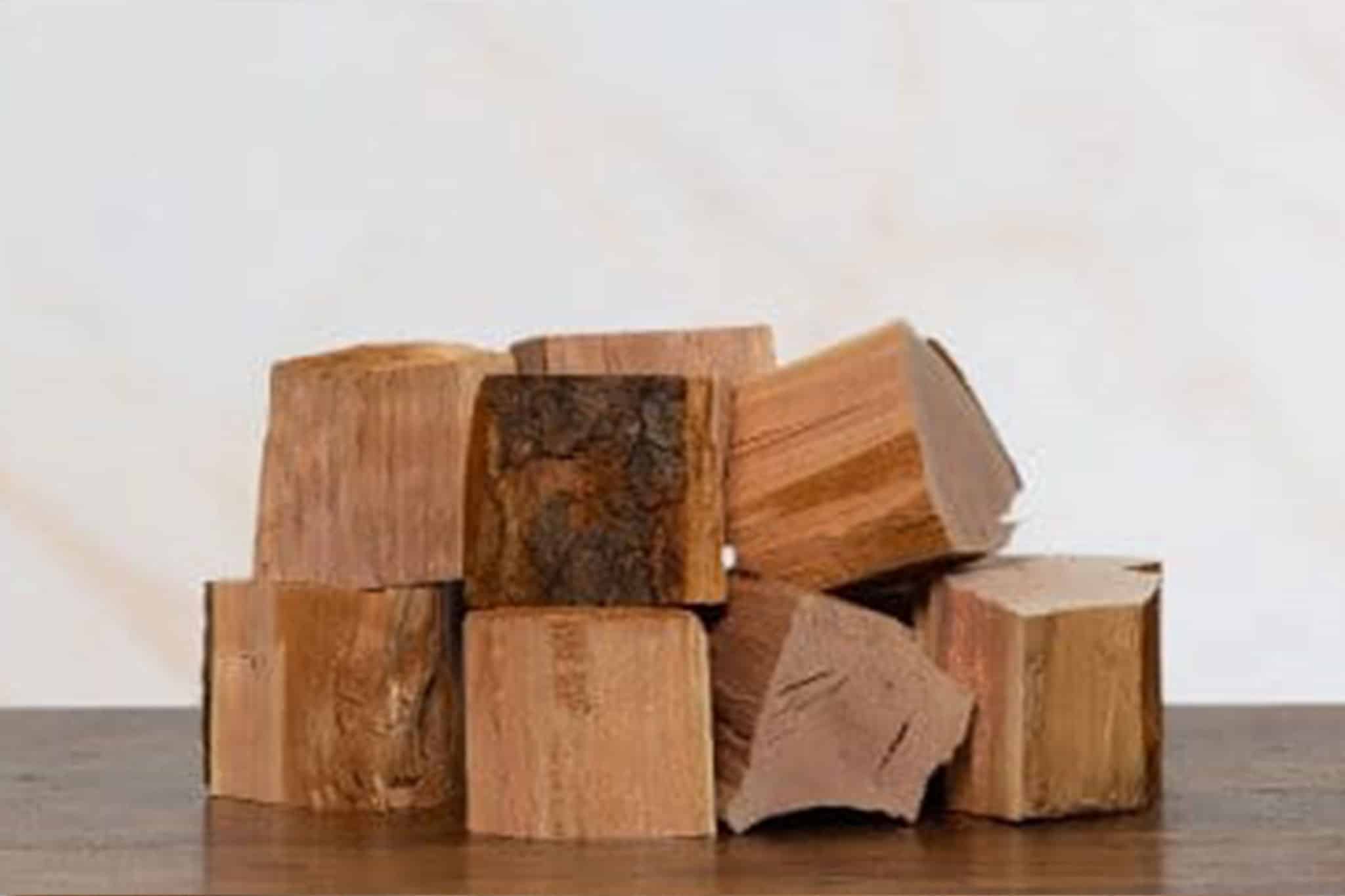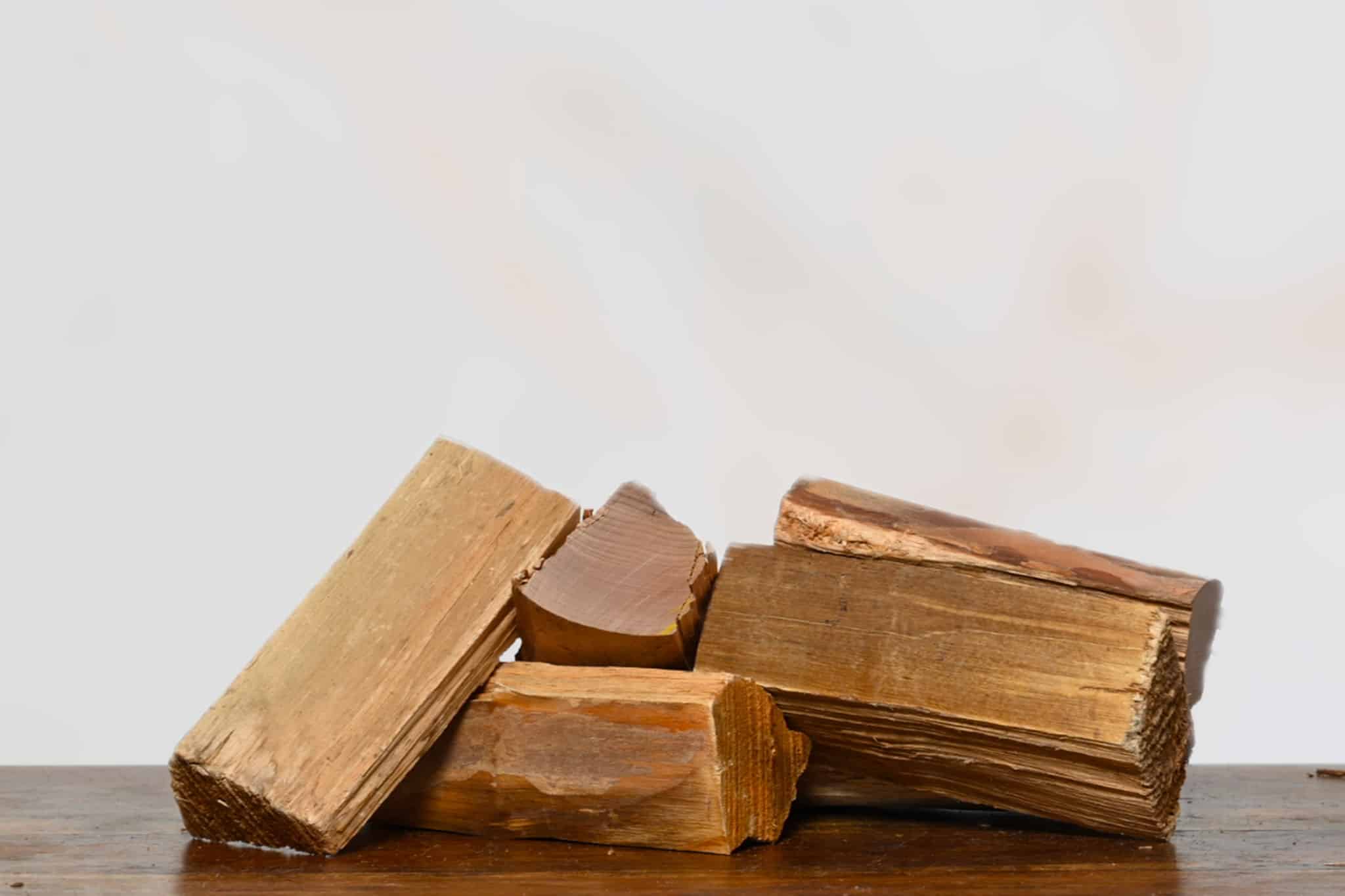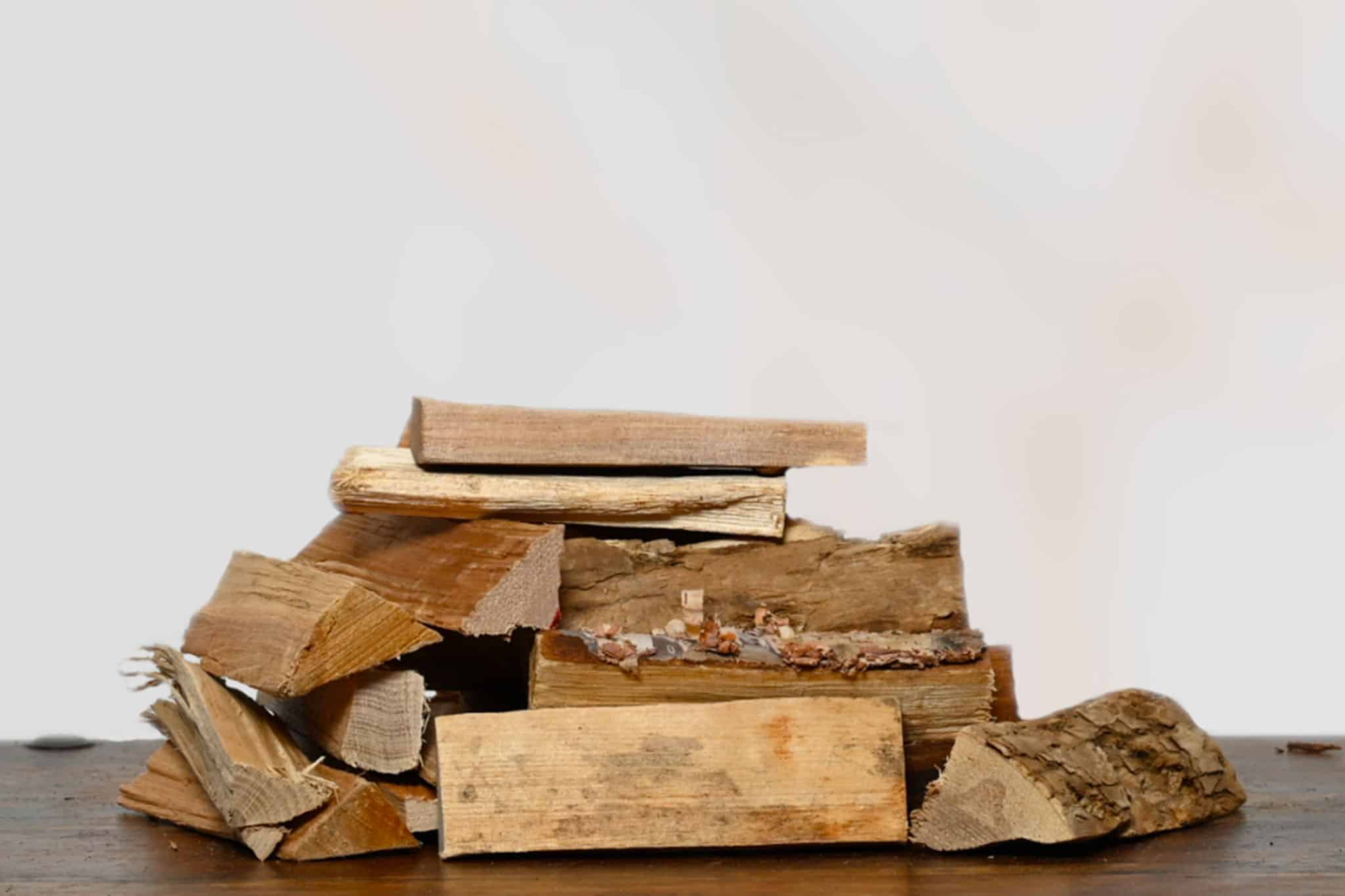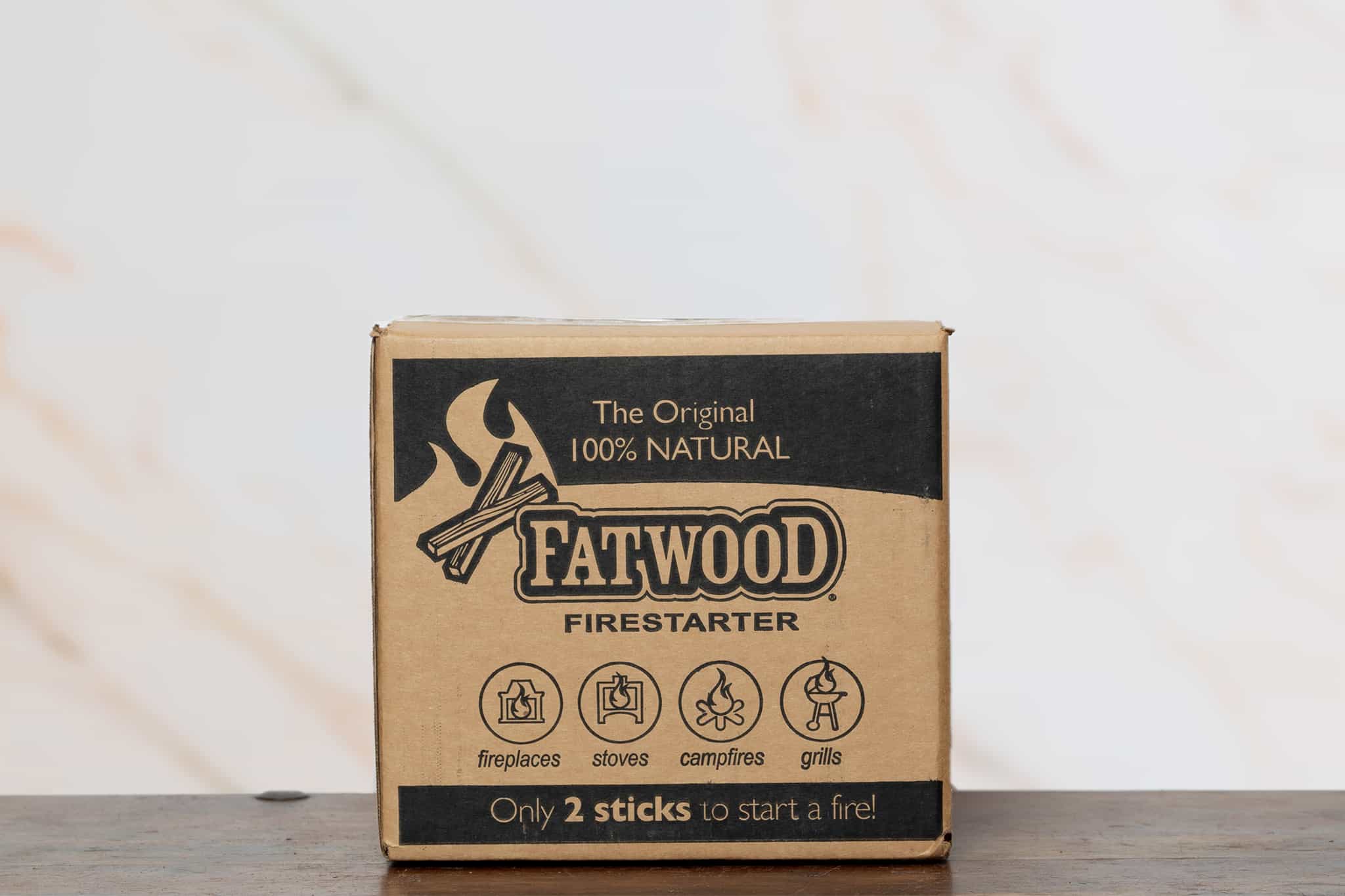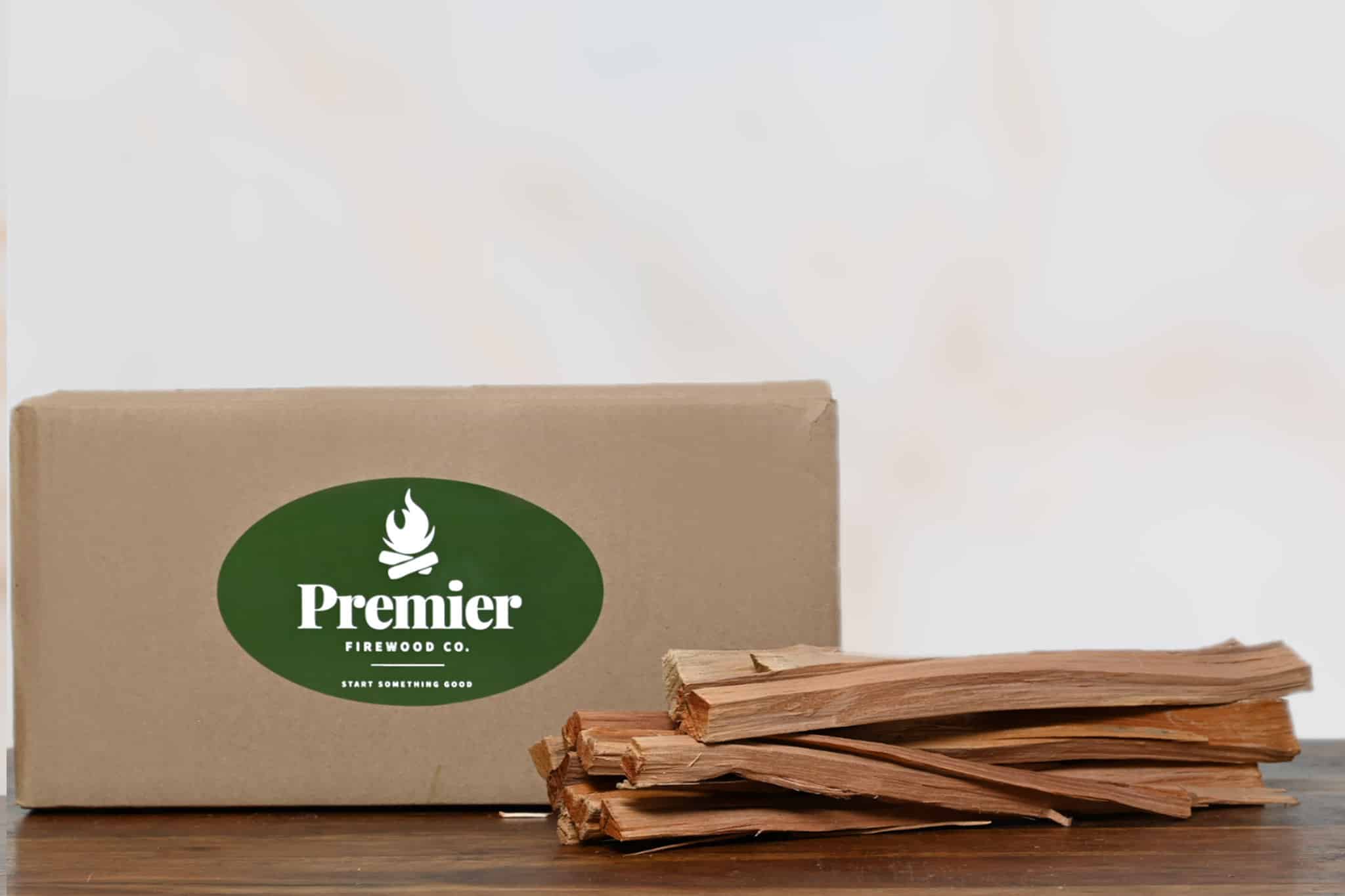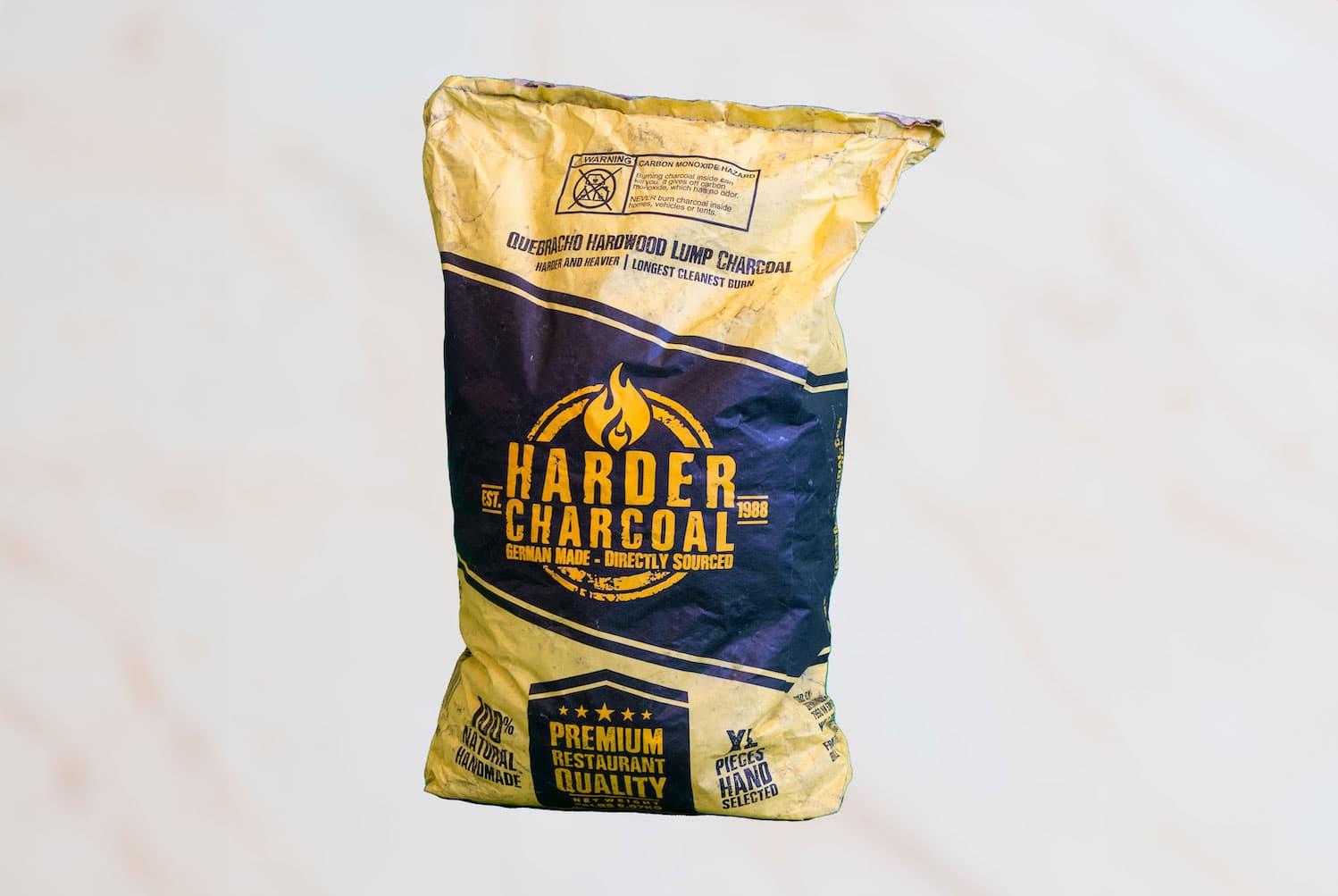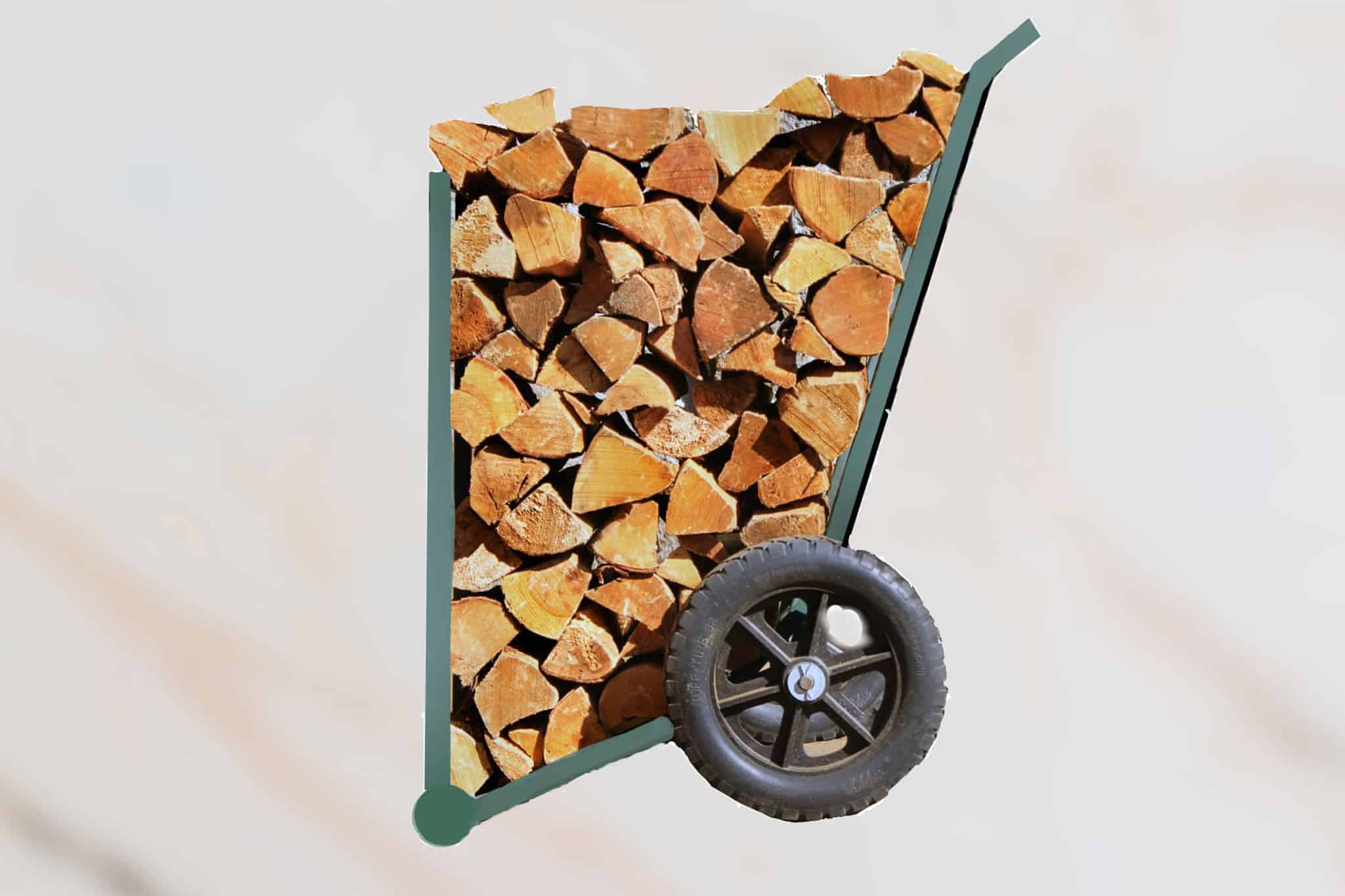Is Your Wood Burning Stove Efficient?
Own a wood burning stove? Is it used as the primary source of heat? If so, it’s important to assess whether it is working to the best of its’ ability. There are three main areas to consider to when determining if your wood burning stove is capable of being as efficient as possible.
Size Matters
Whether the stove is new, EPA certified, or inherited when the home was purchased, size matters. If you expect a small wood burning stove to heat a large dwelling segmented into multiple rooms, be ready to shiver. Below is a simple guide to set realistic expectations for the heating capabilities of wood stoves according to size.
Small
Smaller stoves are good for small spaces, sounds straight forward, right? They will heat 600 to 1,000 square feet. Seasonal cottages and single room cabins are prefect for a small stove. They can also be utilized for zoned heating of a larger dwelling too (usually a family or living room).
Medium
If you have a medium sized stove, it will heat 800 to 2,000 square feet. This sized wood burning heat source is perfect for small houses, energy efficient houses that are well insulated and winter cottages.
Large
Large stoves heat 800 to 3,000 feet of living space. They are suitable for large open floor plan houses or older houses located in colder climates.
Once the size of the wood burning stove is compared to the size of the space it is intended to heat, the location of the stove within the dwelling must be explored. If the stove is not placed properly, the intended level of heat is harder to achieve.
Location, Location, Location
Consider the location of the stove when determining how efficient the heat output will realistically be. Ask the following questions:
- Is the intent to heat a room or the entire dwelling? If the entire dwelling, is the stove centrally located and is the floor plan open for proper heat distribution?
- Is the room small or big? If the room is small, the stove might be too efficient, overheating the room.
- Is the chimney far away from the stove? If there is more than seven feet of stove pipe connecting the stove to the chimney and has more than two elbows, the likelihood of creosote buildup and instability increases exponentially.
These are just a couple of questions to ask when determining whether the stove is in a position to meet expectations. Next, access the wood being used to fuel the stove, quality is better over quantity when maximizing heat output. It is important the fire within the wood burning is stove is not being starved of “fed” incorrectly.
Quality Over Quantity
Stoves have evolved through the centuries and so has their efficiency. Stoves built before 1988 are typically not as efficient since EPA certification requirements were not applied to them. So, adjust your expectations if the stove is considered an antique. However, any stove will produce better if fueled properly.
No matter if it is old or new the wood used is key. The most efficient wood is always properly dried and ready to burn. If you are using wood found in the yard or nearby forest, it must be completely dried out for at least six months. Seasoned wood is a good option; however, the most thoroughly dried wood is kiln dried firewood, producing 35% more heat than seasoned firewood.
So, in order to really determine if your wood burning stove is in a position to meet heating expectations, consider size, location and fuel.
Enjoy the Highest Quality Kiln Dried Firewood from Premier Firewood Company™
Premier Firewood Company™ is your leading choice for the best firewood for sale. New York and Connecticut residents and business owners rely on our exceptional quality firewood, our great service and our convenient delivery, and our everyday affordable pricing ensures that you’re always getting a deal. Call us today 203-866-4252 or order your kindling and firewood online today!
